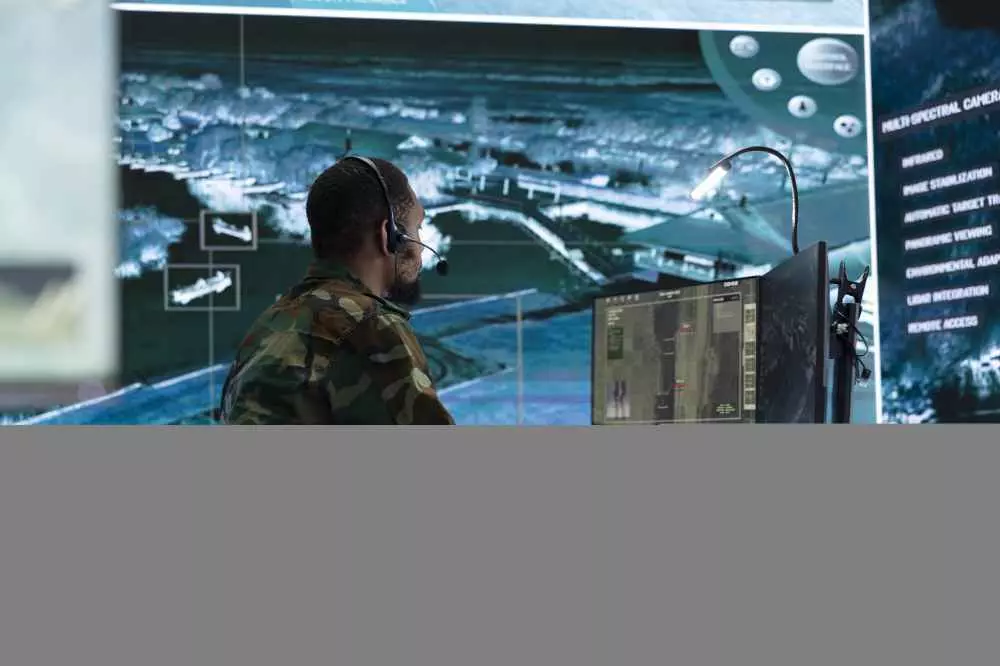Cable installation process in military systems
In military systems, cable assembly is an extremely important step in terms of both safety and functionality of the entire system. There are many factors to consider during this process, such as the type of cables, installation methods, electromagnetic requirements and military standards.
Types of cables used in military systems
Different types of cables are used in military systems depending on the application. One of the most common types of cable is copper cable, which is characterized by high electrical conductivity and durability. Copper cables are typically used to transmit high-frequency electrical signals.
Fiber cables are another type of cable used in military systems. They are characterized by high bandwidth and resistance to electromagnetic interference. Fiber cables are often used in the transfer of large amounts of data in a short period of time, which is extremely important in military operations.
Cable installation methods
Given the nature of military systems, cable assembly should be carried out with the utmost care and precision. There are several assembly methods that are used in the development of military systems.
One of these methods is cable assembly using the clamping method. It involves attaching cables using clamps or screw clamps. This method provides a permanent connection that is resistant to vibration and oscillation, which is extremely important in a combat environment.
Another popular method is cable soldering. This is a process in which cable joints are secured by melting the solder using high temperatures. Soldering allows cables to be permanently connected without losing electrical signal, which is particularly important in military systems.
Electromagnetic requirements
In military systems, an important aspect of cable assembly is ensuring adequate electromagnetic protection. Electromagneticity requirements are designed to minimize electromagnetic interference and ensure system safety and reliability.
To meet these requirements, various techniques are used, such as the use of electromagnetic shielding to protect the transmitted signal from external interference. In addition, appropriate cable insulation is also used to minimize electromagnetic leakage.
Military standards
In military systems, cable installation must comply with specific military standards that regulate the installation process and ensure the safety and reliability of the system.
One of the most important standards is MIL-STD-461, which specifies requirements for electromagnetic interference generated by military systems. In addition, there are many other standards, such as MIL-STD-810, which take into account the environmental conditions in which military systems are operated.
Summary
The process of installing cables in military systems is extremely important and requires the application of expertise and precision. Selecting the right types of cables, using the right installation methods, meeting electromagnetic requirements and complying with military standards are key to ensuring the safety and reliability of military systems.
Add comment